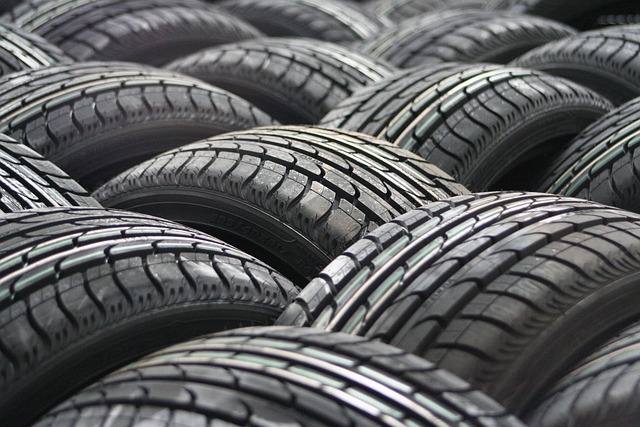Looking to register your car in California? This comprehensive guide walks you through every step, from understanding key requirements to paying registration fees. We’ll highlight the importance of a valid DMV VIN (Vehicle Identification Number) verifier, essential documents needed, and where to complete the process. By following these clear instructions, you’ll be cruising down the highway in no time with a properly registered vehicle.
- Understand the Requirements for Car Registration in California
- Gather Necessary Documents for Car Registration
- Visit the DMV and Complete the Registration Process
- Verify Your Vehicle's VIN (Vehicle Identification Number)
- Pay the Registration Fees and Receive Your License Plate
Understand the Requirements for Car Registration in California

Before registering your car in California, it’s important to understand the specific requirements and procedures. The California Department of Motor Vehicles (DMV) mandates several crucial steps for car registration, ensuring vehicles on the road meet safety and legal standards. One key component is a comprehensive vin inspection. This involves verifying the vehicle identification number (VIN) using a reliable method like a dmv vin verifier to confirm its authenticity and history.
Additionally, you’ll need to provide essential documents such as proof of ownership, current insurance, and payment for registration fees. For added convenience, some services offer mobile vin verification, allowing you to complete this critical step without visiting a DMV office. This vin inspection ensures that your vehicle is safe to operate and helps prevent fraud, making it an integral part of the California car registration process.
Gather Necessary Documents for Car Registration

Before heading to the California Department of Motor Vehicles (DMV) to register your car, make sure you have all the required documents. The process begins with gathering essential information and proof of ownership. This includes a completed vehicle registration application, a valid driver’s license or state ID, proof of insurance, and the vehicle’s title. Additionally, you’ll need to provide a current vehicle inspection report and pay the registration fee.
One crucial step is to obtain a Vehicle Identification Number (VIN) verification through a trusted source like the DMV’s online services or a mobile VIN verification app. This ensures that your car’s details match the records, enhancing the accuracy of the registration process. A recent vin inspection guarantees that your vehicle meets safety and emission standards, which is mandatory for all California registrations.
Visit the DMV and Complete the Registration Process

After gathering all necessary documents, it’s time to visit your local California DMV office. Bring your vehicle and its current registration (if applicable), proof of insurance, and valid identification. A DMV representative will guide you through the registration process, which involves filling out forms and providing essential details about your car, including its make, model, year, and unique Vehicle Identification Number (VIN). This number is crucial for identifying your vehicle and ensuring accurate registration.
During this process, a VIN inspection or verification is typically conducted to confirm the authenticity of your car’s information. You can opt for a traditional in-person verification or, for added convenience, consider mobile vin inspection services that come to your location. These options ensure a smoother experience while maintaining the integrity of the registration process.
Verify Your Vehicle's VIN (Vehicle Identification Number)

Before registering your car in California, it’s crucial to verify your vehicle’s Vehicle Identification Number (VIN). This unique 17-character code acts as a fingerprint for your car and is essential for the registration process. The DMV recommends using a reliable VIN verifier, such as a mobile inspection service, which can quickly cross-reference your VIN with national databases to ensure it matches a legitimate vehicle model.
A mobile VIN inspection or verification service offers convenience and speed by allowing you to get this step out of the way before visiting a DMV office. With just a few clicks or a quick call, these services provide instant results, confirming your car’s identity and helping to prevent registration issues down the line.
Pay the Registration Fees and Receive Your License Plate

After you’ve gathered all the necessary documents and passed the smog test, it’s time to pay the registration fees. The California Department of Motor Vehicles (DMV) will assess charges based on your vehicle’s type and age. You can typically complete this process online or at a local DMV office. Once the fees are paid, you’ll receive your license plate. This crucial step marks your official recognition as a vehicle owner in the state of California.
Don’t forget to have your vehicle’s VIN (Vehicle Identification Number) verified by a trusted source, such as a mobile vin inspection service or a professional verifier. Ensure this is done before acquiring your plates, as it’s essential for tracking and ensuring the security of your car.
Registering a car in California involves understanding key requirements, gathering essential documents, visiting the DMV, verifying your vehicle’s VIN using a reliable dmv vin verifier, and paying associated fees. By following these steps, you’ll be on your way to securing your vehicle’s registration and hitting the road legally.
